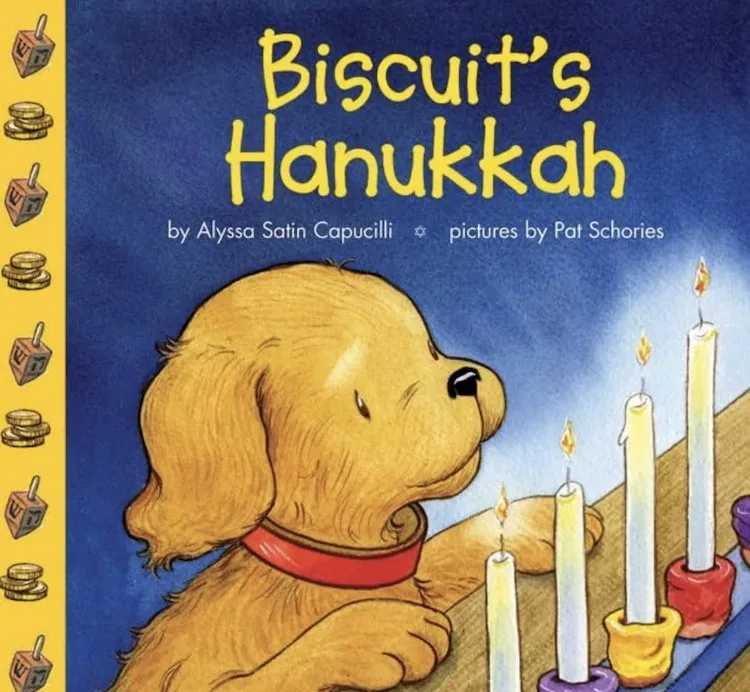Despite the annual snub at the Academy Awards, nothing could ever deter director Martin Scorsese’s passion for filmmaking. Many of his movies have become cult classics among fans regardless of their box office performances. This year however, the Queens native was finally honored with an Oscar of his own winning for Best Director.
Martin Luciano Scorsese was born on November 17, 1942 in Flushing, Queens. Spending portions of his youth in Flushing and Corona, Scorsese and his family eventually moved to Little Italy.
The second son of Charles and Catherine, both of whom worked tirelessly in Manhattan’s Garment District, Scorsese had a very limited childhood because of asthma. Unable to participate in sports and other common childhood activities, Scorsese sought refuge in what would ultimately become his milieu, the cinema.
Scorsese did not always envision himself becoming a movie director however. Growing up in a devout Roman Catholic home, Scorsese dedicated much of his youth to becoming a priest. While the focus of many of his films stem from his New York upbringing, Scorsese often recounts the most powerful people in his neighborhood being the gangsters and the priests.
He was significantly influenced by the lessons he learned as a student of the Irish Sisters of Mercy at Old St. Patrick’s elementary school in Little Italy. There Scorsese was able to gain a grasp on the concept of sin and redemption, which especially interested him with its images of violence associated with crucifixion and martyrdom.
He later attended Cathedral Prep, a minor seminary of the Archdiocese of New York, which he left after a year because of poor grades. Scorsese graduated from Cardinal Hayes High School in the Bronx, which was led by Marist Brothers, Franciscans, and diocesan priests.
Although he was not accepted to Fordham University, a Catholic college, Scorsese began studying film and English at New York University, but even then, he hoped to return to the seminary. “I can’t help being religious,” Scorsese often says. “I’m looking for the connection between God and man.”
When Scorsese entered college, the Vietnam War was in its early stages and he was able to avoid military service. As a student of NYU’s highly credited film school, Scorsese’s interest in movies grew and his creative genius began to develop. Graduating with a Bachelor of Arts in English in 1964, Scorsese made two short films, What’s a Nice Girl Like You Doing in a Place Like This? (1963) and It’s Not Just You, Murray (1964). After earning his Master of Fine Arts from NYU in 1966, Scorsese made his most popular short film, The Big Shave (1967), which featured an anonymous man methodically shaving himself until bleeding profusely.
That same year, Scorsese also completed his first feature length film, Who’s That Knocking at My Door? Working with him on the film were fellow students such as actor Harvey Keitel and editor Thelma Schoonmaker, both of whom would play pivotal roles in Scorsese’s career. Even then, Scorsese displayed motifs that would become unique to his films such as a troubled male protagonist dealing with New York Italian-American street life, a distinct rock soundtrack and rapid editing.
In the 1970’s Scorsese made a name for himself in the industry along with the likes of Francis Ford Coppola, Brian DePalma, George Lucas and Steven Spielberg. After teaching at NYU film school for a short time, where some of his students included Oliver Stone and Jonathan Kaplan, Scorsese left New York for Hollywood.
In 1972, he directed Boxcar Bertha, which was his first film to receive widespread distribution. Scorsese’s first recognized masterpiece however came the following year in the drama, Mean Streets.
In addition to putting Scorsese in the forefront of modern American filmmaking, Mean Streets also forged a relationship between the director and actor Robert De Niro, both of whom would work together for years to come.
Scorsese’s next great film, Taxi Driver (1976), shocked the cinema world. A violent portrayal of a man’s descent into insanity, the film again stared De Niro. Other key Scorsese contributions to the world of cinema include Raging Bull (1980), The King of Comedy (1983), The Color of Money (1986), The Last Temptation of Christ (1988), Goodfellas (1990), Gangs of New York (2002) and The Aviator (2004).
His most recent film, The Departed (2006), was yet another hit. Sporting an all-star cast of Leonardo DiCaprio, Jack Nicholson, Matt Damon, Mark Wahlberg, and Alec Baldwin just to name a few, Scorsese finally earned the coveted title of Best Director with this acclaimed film.
While DiCaprio has become Scorsese’s modern version of De Niro, expect the two to continue to produce films of cinematic excellence. Scorsese, the tireless director, has numerous projects in the works, such as a documentary on the Rolling Stones and a feature film based on Theodore Roosevelt, reportedly casting DiCaprio as the former President.






























